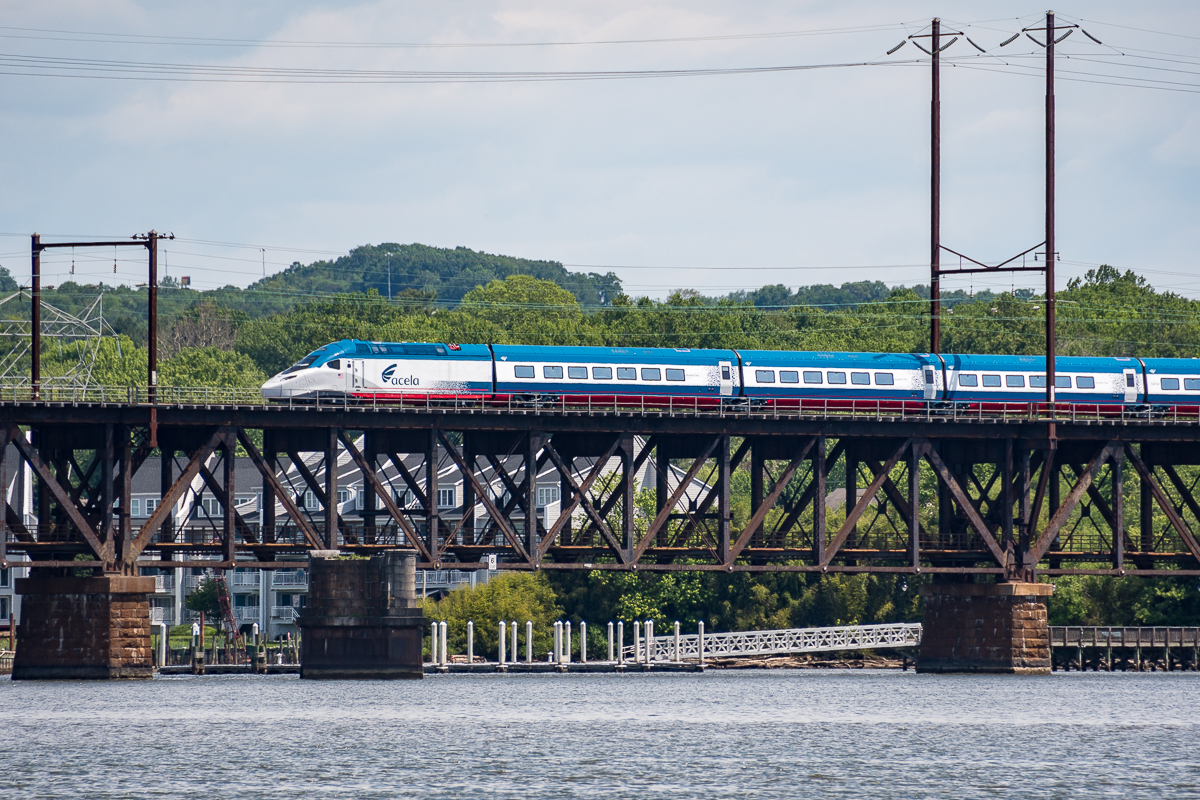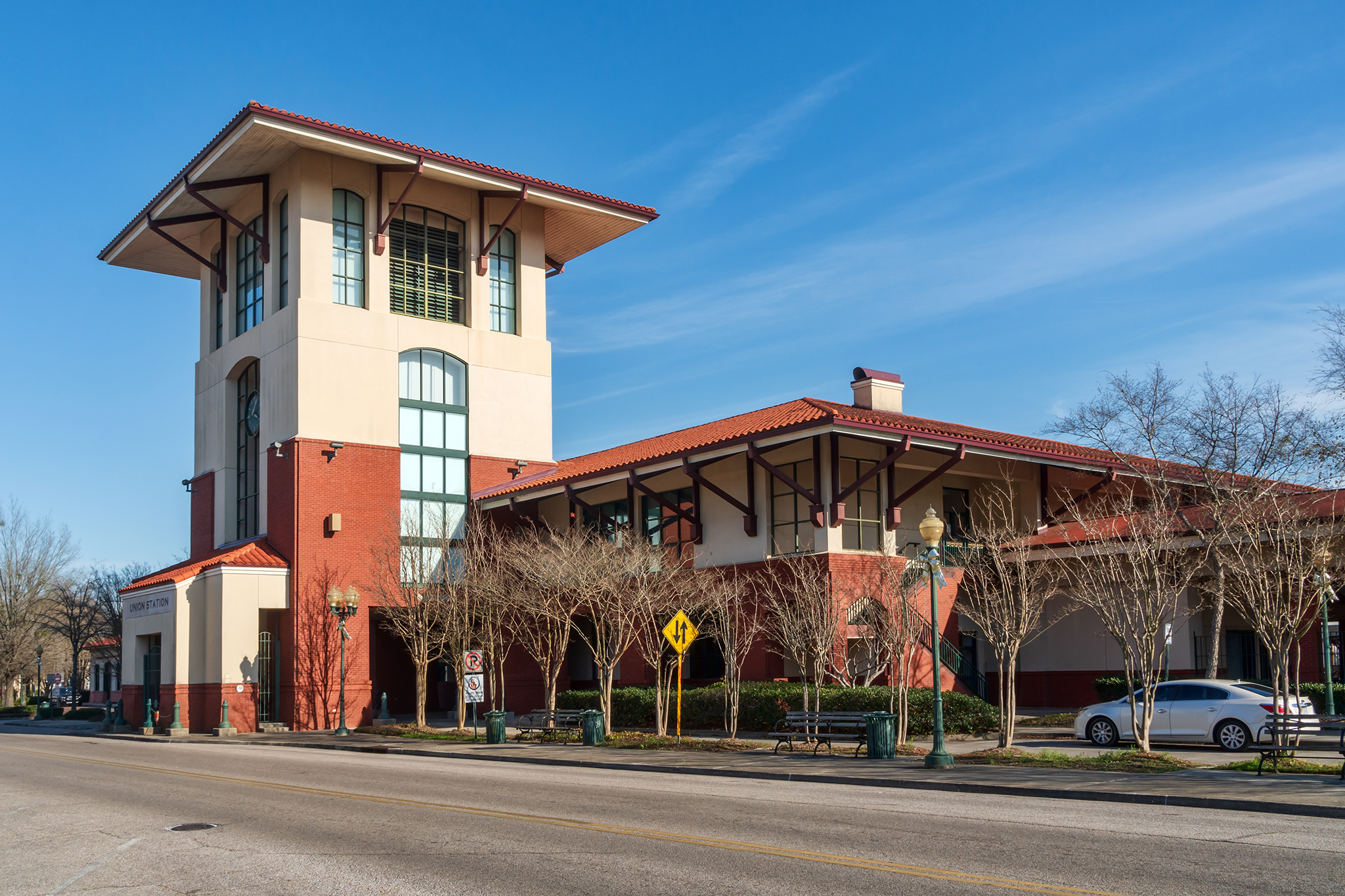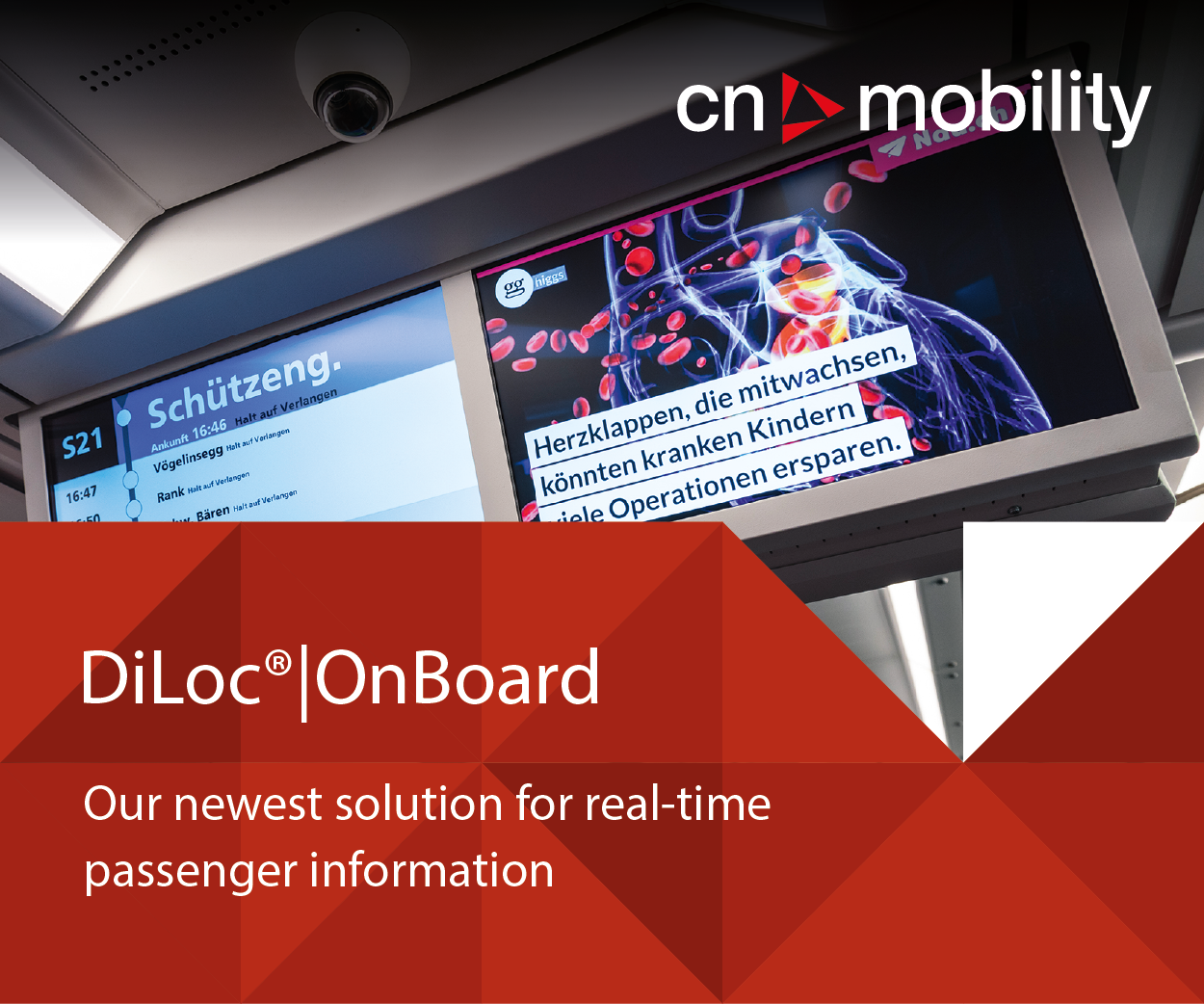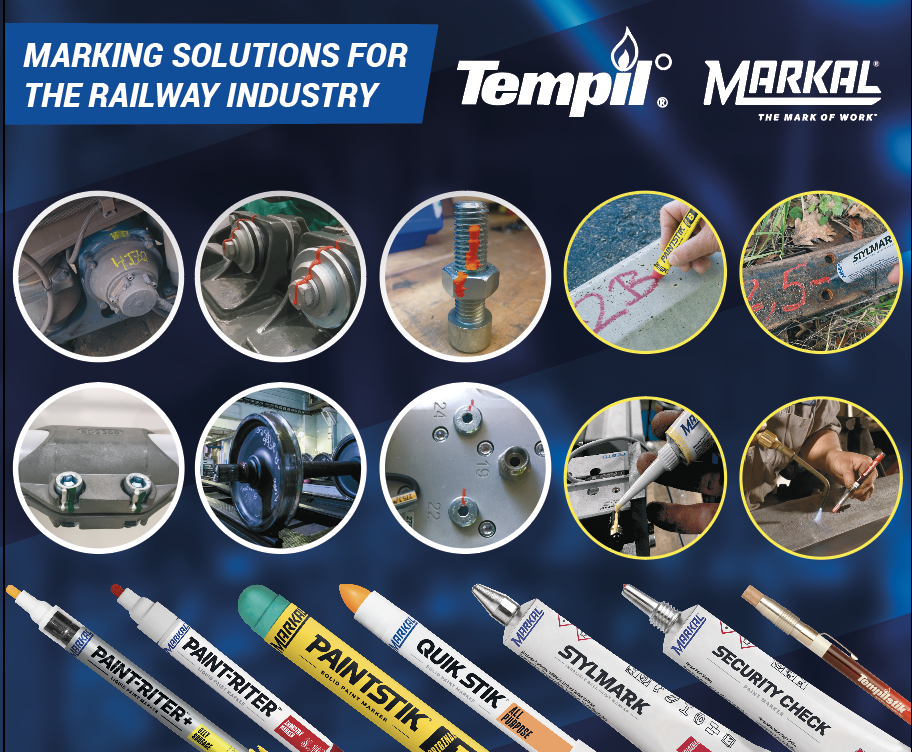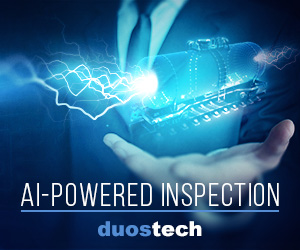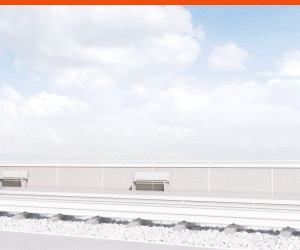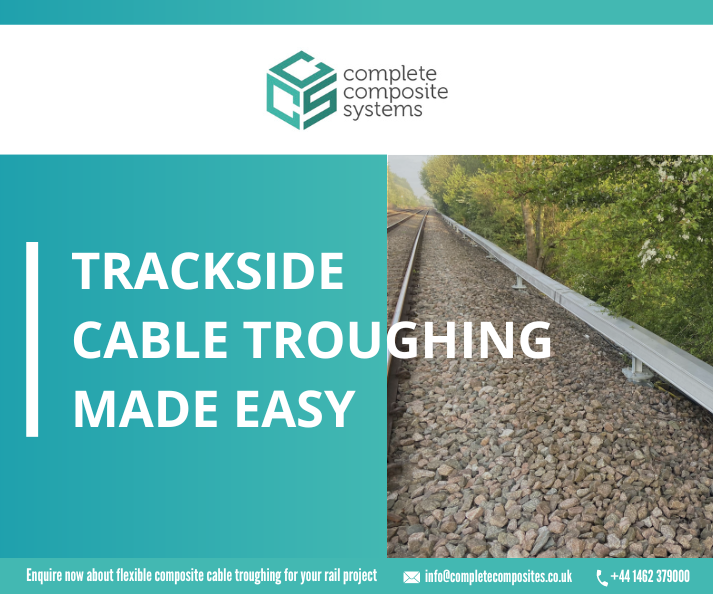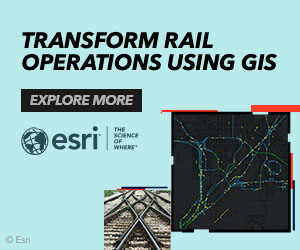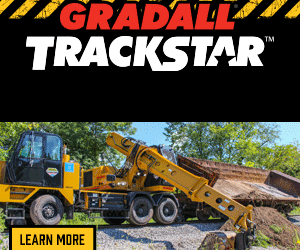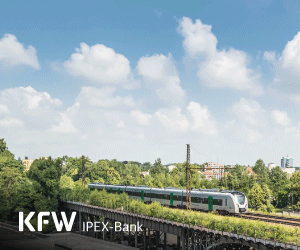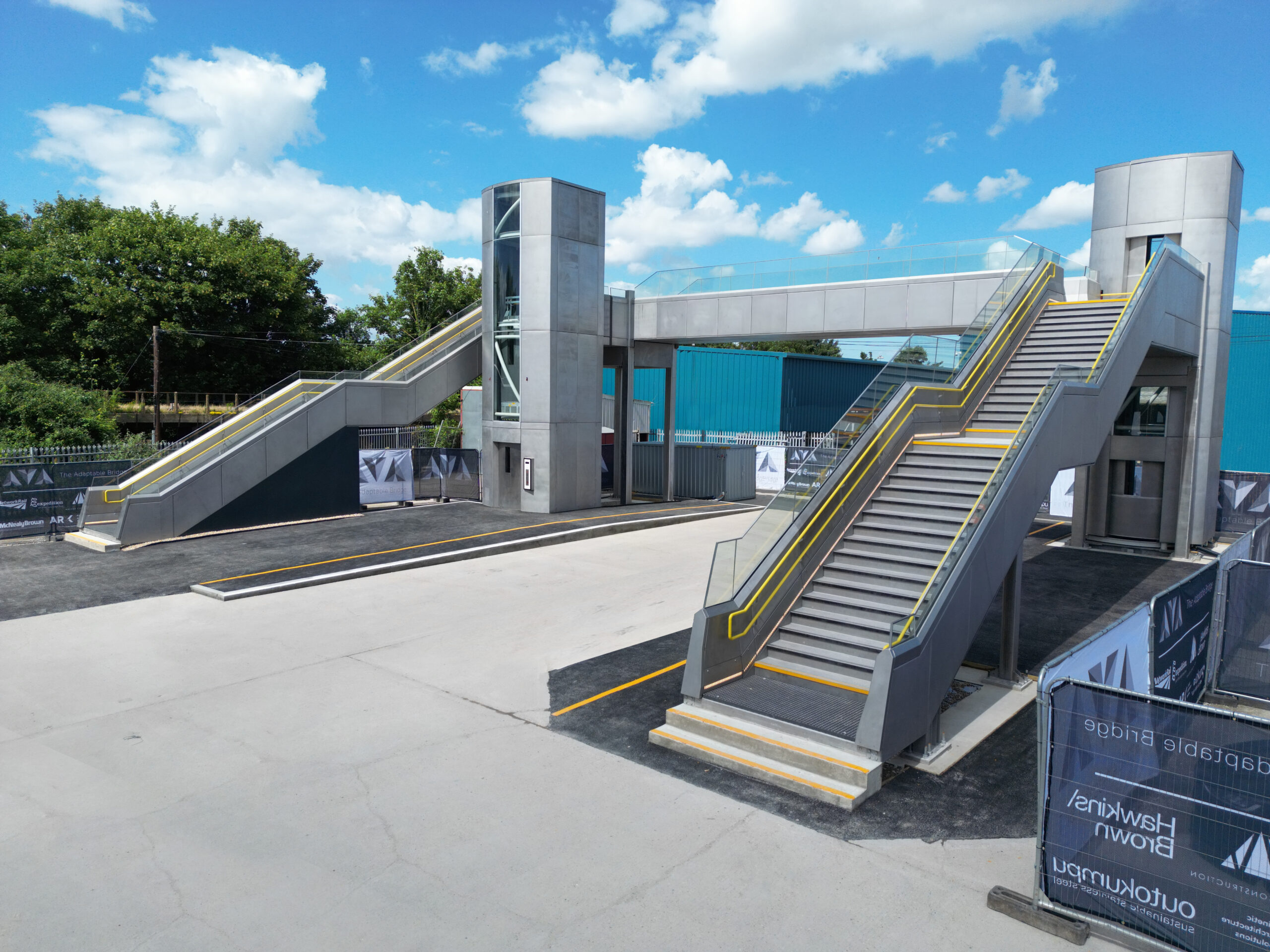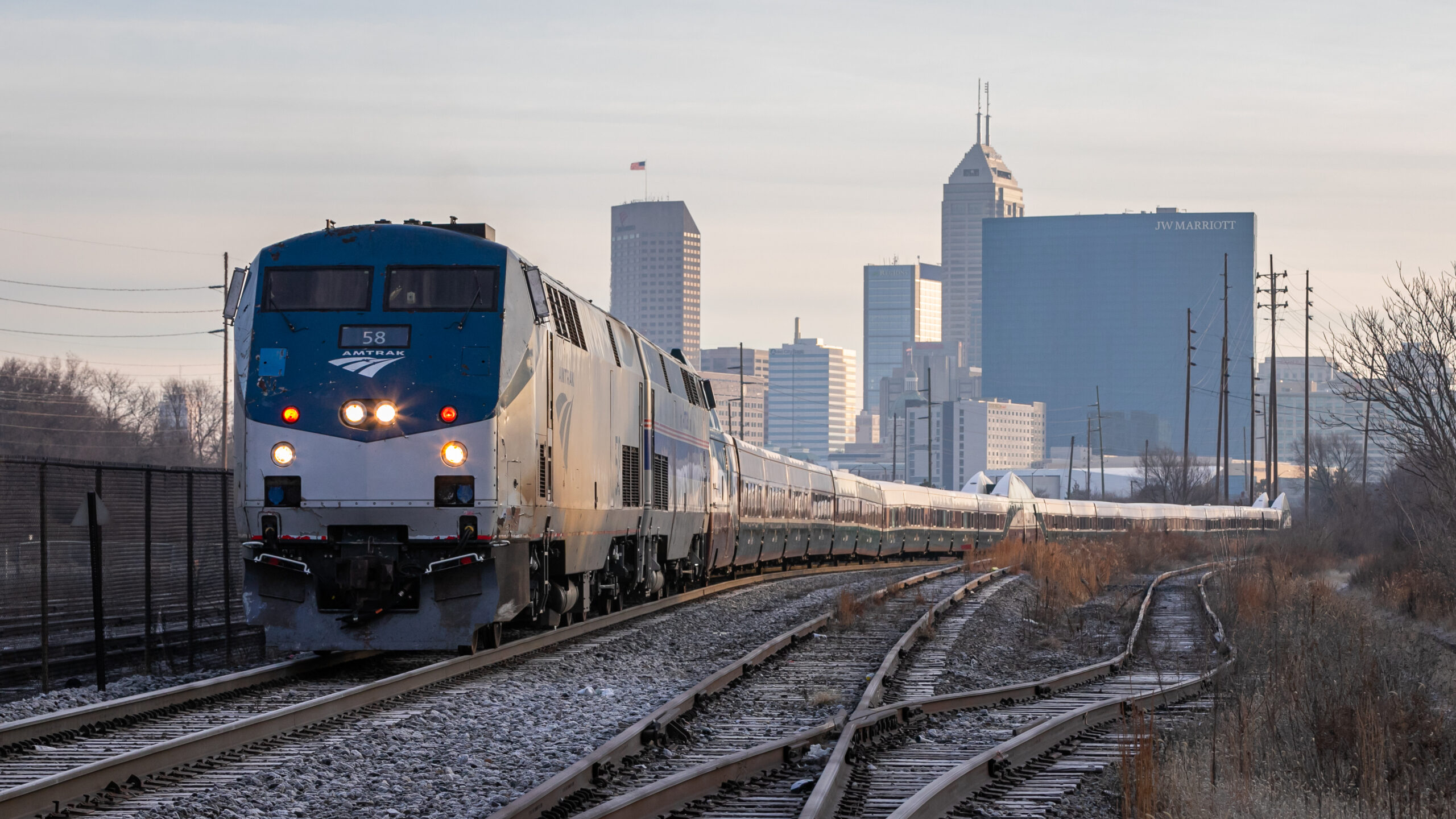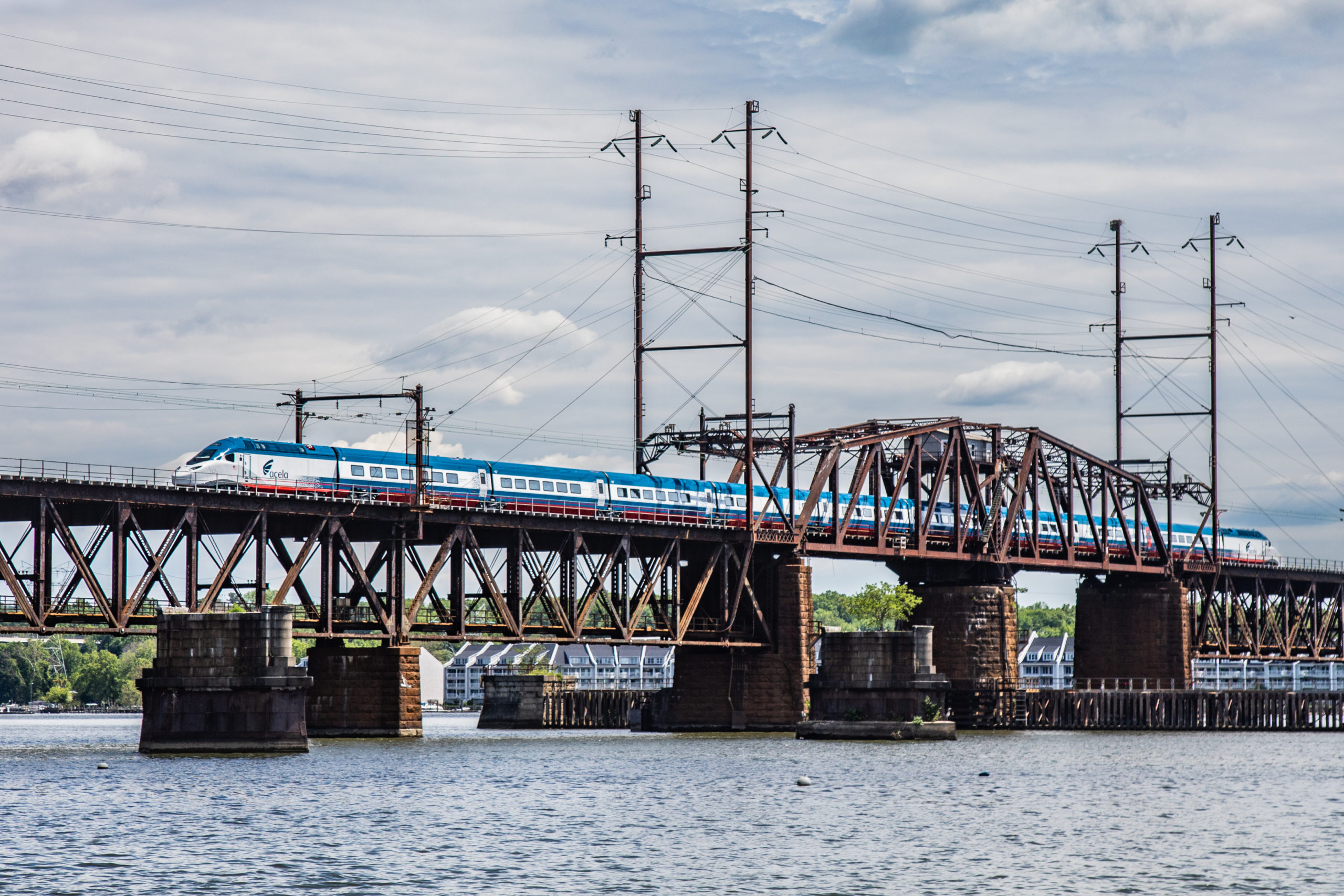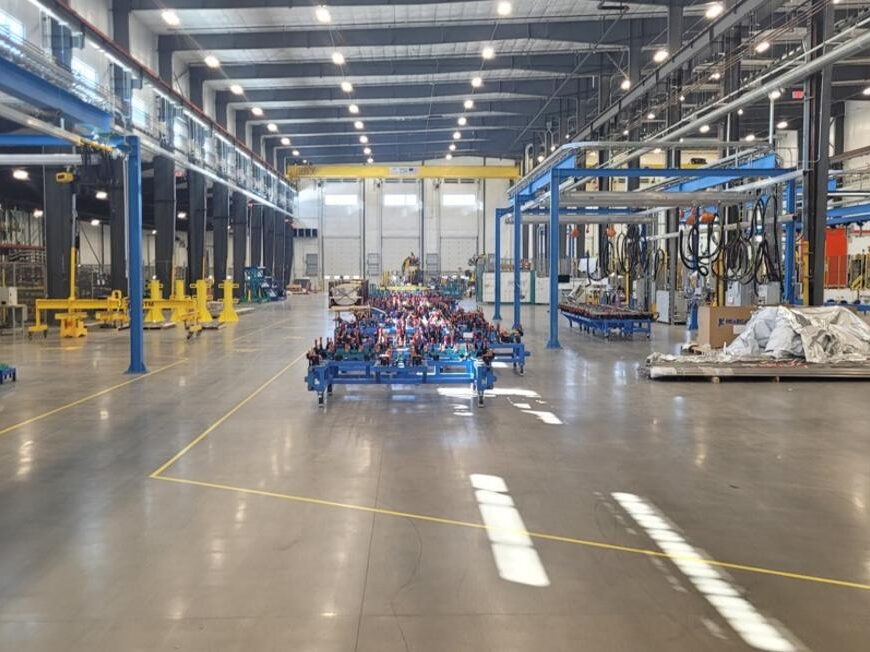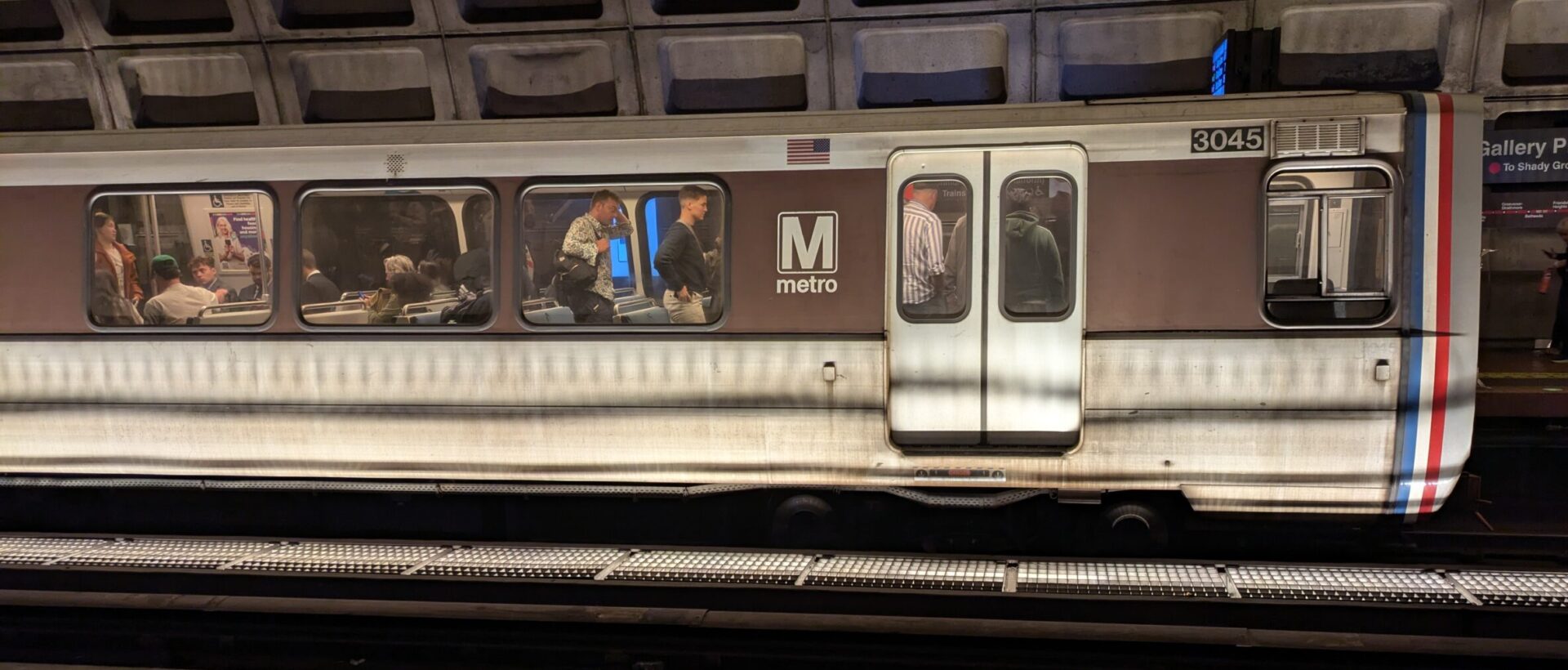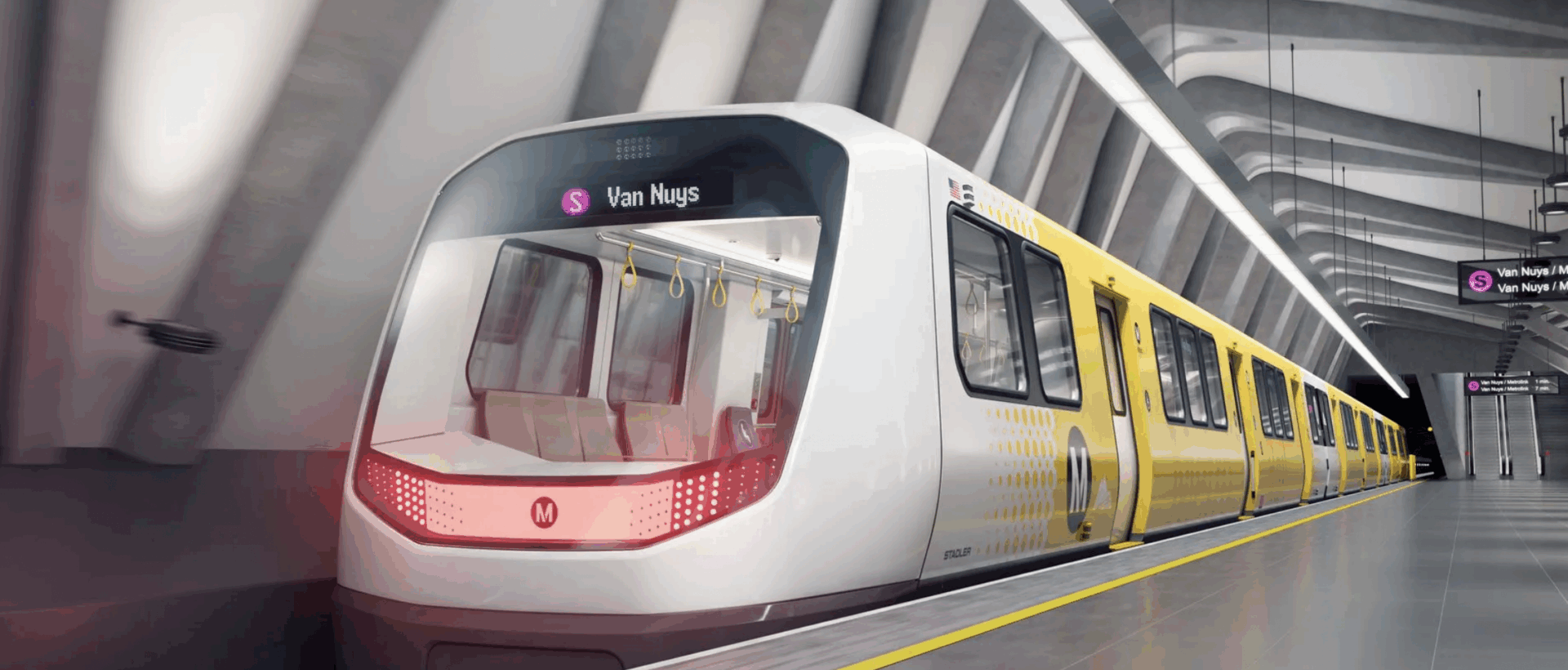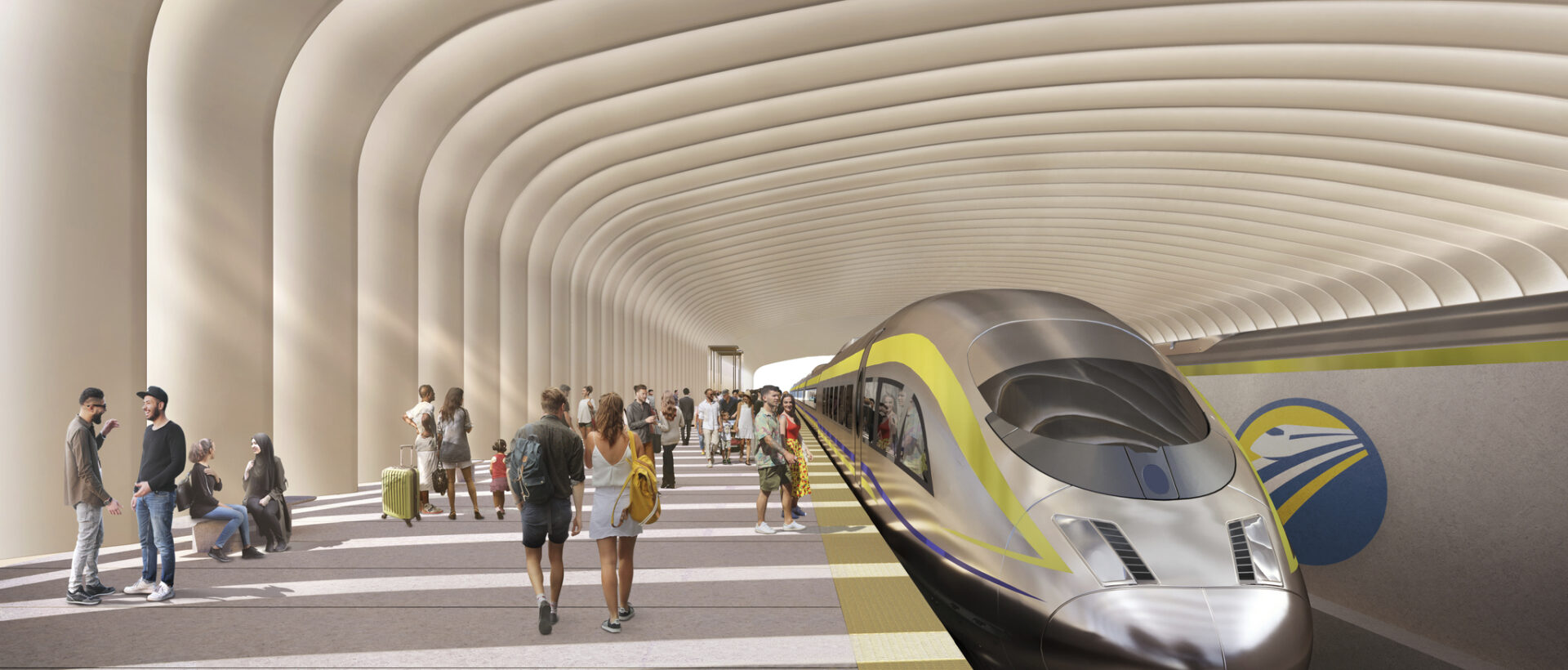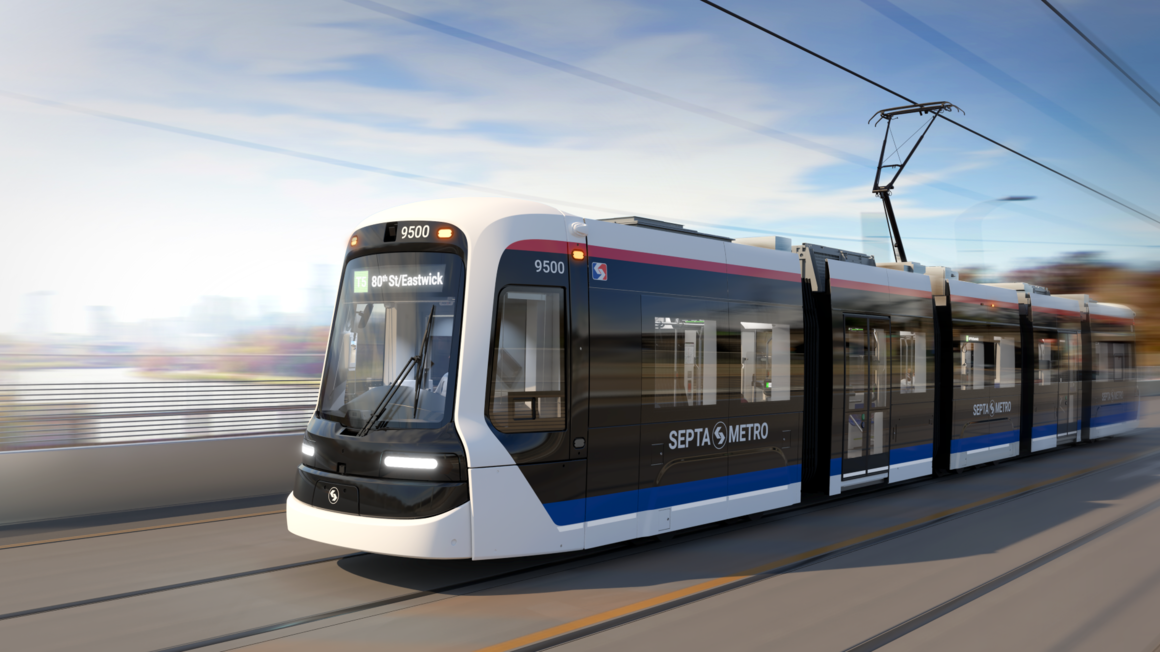RSI’s Educational Sessions at Railway Interchange examined the shifting political landscape for the US rail industry following the 2024 election. With a new administration in office, the panellists stressed the urgency of helping Congress recognise rail’s potential to act as a powerful economic engine that drives jobs, investment, and growth.
They argued that the economic case for public transportation has always been present, but the industry needs to ensure it is clearly communicated so that its value is understood.
The Train’s Fare Box Doesn’t Pay for Itself — And That’s Okay
In his keynote address, John Robert Smith, Chairman of Transportation for America, acknowledged that most rail services are not profitable based solely on farebox revenue. Noting that this is also true for other modes of transportation, he stressed the need to dismantle the myth that passenger rail should be financially self-sustaining in this way.
John Robert Smith said:There is no mode of passenger transportation on the face of the planet that fully pays for itself fully out of the fare box. The gas tax in this country has not fully supported the highways in decades, with a 40 billion USD deficit in the fund every year. Where does that money come from? The general fund. So, when you back out of your driveway, you're on infrastructure provided by your fellow taxpayers.
Meanwhile, in aviation, if the airline ticket included paying for air traffic controllers, TSA agents, building the runways, and building airport terminals, it would be significantly more expensive. Once again, that's done with help from the general fund.
We know that transit is supported, and yet passenger rail is expected to pay for itself out of the fare box. That doesn't happen in other countries in the world.
When I read that Elon Musk asked, 'Why can't we have rail like they have in Europe?' Well, there's a very simple reason — in Europe and in Asia, their national governments chose to invest in passenger rail.
The Return on Rail Investment
To effectively present the case for a healthy return on investment for rail projects, Robert Pearsall, Partnership Director at the US High Speed Rail Association (USHSR), noted the importance of concrete figures. For example, despite its controversy, the California High-Speed Rail Administration has so far spent about 13.2 billion USD, while the economic impact has been around 22.1 billion USD.
Echoing this point, Benji Schwartz, Director of Government Affairs and Advocacy at APTA, noted that rail investments in the US generally offer a 5:1 return on investment once services are operational. He stressed that this message needs to be communicated in ways that resonate with members of Congress and their constituencies. For example, when engaging with a member of Congress from Eastern Kentucky, Schwartz stated that the focus should be on how rail investment supports manufacturing plants and job creation in that specific region.
By explaining these economic benefits, Schwartz emphasised that a more convincing case for federal funding can be made. He cited a case shared by Randy Clarke, CEO of WMATA, about a bus depot project in Washington D.C. This project is sourcing materials from 14 different congressional districts, demonstrating that transportation spending benefits communities across the country, not just urban centres or project locations. Benji urged the industry to tell these stories on Capitol Hill, pointing out that the facts already support the case; the industry simply needs to ensure they’re heard.
Schwartz said:All of a sudden, Randy Clarke's case goes from WMATA wanting some extra money, which gets dismissed by members of Congress as a DC problem to be taken care of in DC, to being seen as a national investment. Because if you start giving federal funds to these public transportation projects, that money doesn't just stay in whatever District the construction happens to be in or the rail happens to serve. That money is going throughout the entire country. It is keeping small towns in Rural America alive through the factories that are employing people.
Those are the stories that we need to get to the hill. And it's not hard to do, because it's just the truth. There's no bending here. It's just this is a good investment to make, and we have the stories to prove it.
The Impact of Rail Investment on Real Estate
In addition to the benefits to national supply chains, the panellists also stressed the impact of rail investment on real estate and regeneration.
For example, Husein Cumber, Senior Advisor at Brightline Holdings, highlighted the transformative impact of Brightline’s South Florida stations on urban development, helping to revitalise downtown areas in Miami, Fort Lauderdale, and West Palm Beach. Cumber noted that these stations have acted as catalysts for growth by attracting new residential, commercial, and institutional developments. These neighbourhoods now have a marked increase in multi-family housing, office space, retail, and other real estate investments following Brightline’s arrival.
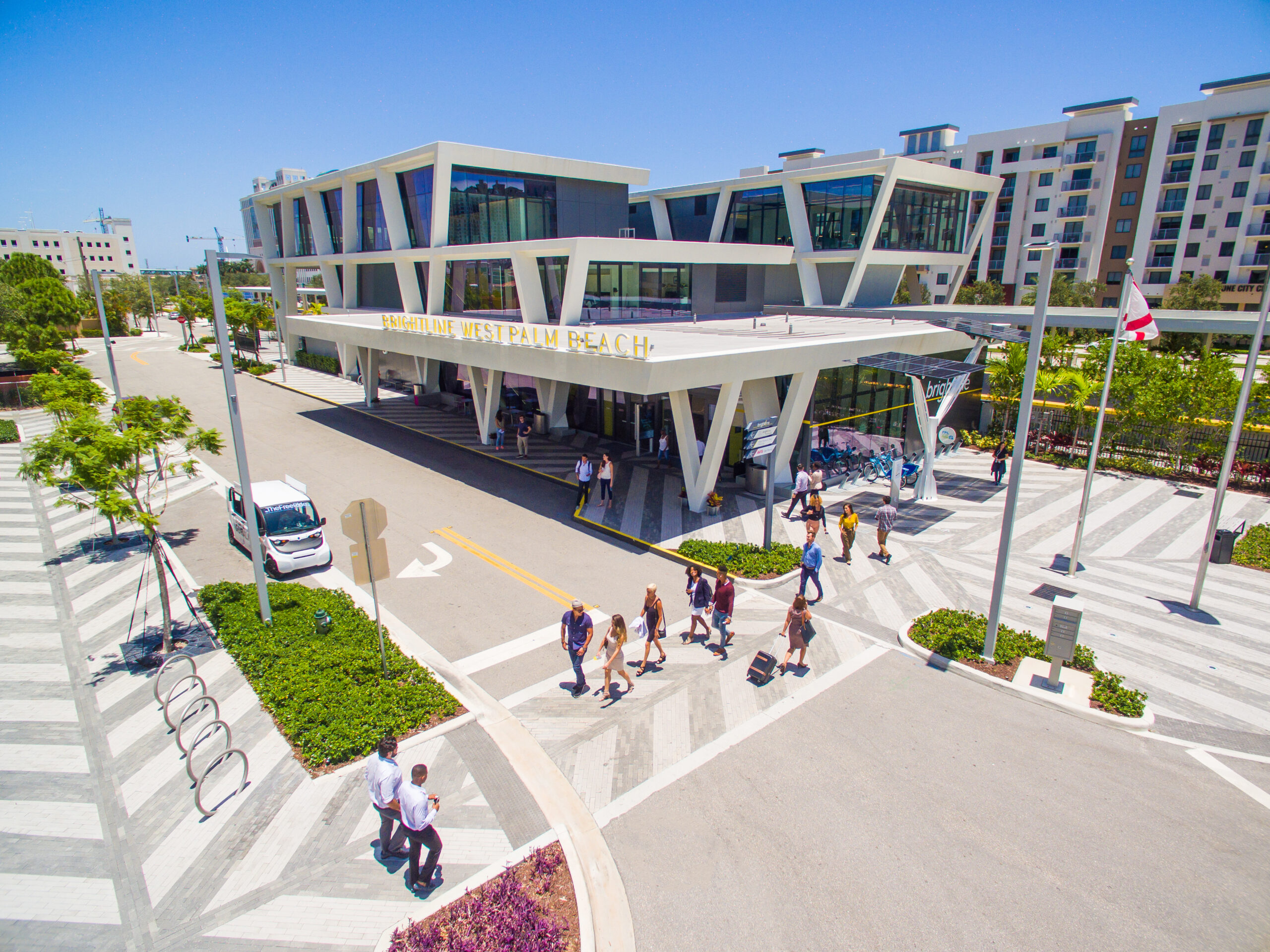
To spotlight specific examples, Cumber pointed to Vanderbilt University’s decision to open a new campus in downtown West Palm Beach. The site’s proximity to Brightline was cited as a key factor in this selection, as the university saw value in connecting to students from across the Tri-County region. Furthermore, he referenced meaningful private investment, such as New York-based developer Steve Ross purchasing property around Brightline’s station.
This case is arguably particularly persuasive to the current US President, with Cumber describing Trump as “a real estate guy.” He noted that one of Trump’s first hotel investments in the 1970s was in the Grand Hyatt at Grand Central Station in New York, suggesting that Trump recognised the value of investing near transit hubs. What’s more, Cumber argued that Brightline’s impact on local real estate was highly visible to Trump due to its close location to his residence in Mar-a-Lago, Florida.
Cumber said:Our story didn’t have to change with a new administration. It just became more visible because we happened to be operating in the president’s backyard.
From Decline to Renaissance: The Meridian Story
In addition to the significance of Brightline’s private investment, John Robert Smith underscored the transformative potential of public funding for passenger rail. As the former Mayor of Meridian, he shared the transformation of his hometown as a blueprint for what is possible.
Once a rail hub, Meridian saw its downtown decline after years of disinvestment. When Smith became mayor, he inherited a shuttered, crumbling station, a shrinking population, and depressed revenues.
To save the downtown area, Smith leaned into Meridian’s transportation legacy. The city built the South’s first multimodal transportation centre, integrating rail, local bus, and walkability. The facility became a catalyst, and Smith states that for every 1 USD invested, 197 USD was generated in new development nearby. Abandoned buildings became boutique hotels, alongside an arts and entertainment district.
Today, Meridian is known as Mississippi’s unofficial cultural capital—a transformation sparked by investment in rail.
Crucially, John Robert Smith emphasised that Meridian is not an isolated case. When Denver invested in saving its historic Union Station, it triggered 3.5 billion USD in surrounding investment. When Normal, Illinois, which did not have a downtown, built a train station, it anchored a new civic centre. Meanwhile, the Downeaster line in Maine has revitalised towns up and down the route. Through these examples, Smith showcased how investments in rail have revived towns, reenergised economies, and restored local pride.
Now, with the current administration focused on revitalising domestic manufacturing, Smith and fellow speakers at Railway Interchange highlighted a renewed sense of momentum and a timely opportunity to rebuild the national rail network not just as a mode of transit, but as a key pillar of economic strategy.
To seize this moment, the industry must continue to sharpen its messaging, back it with data, and engage policymakers with a clear, consistent case that presents rail as a vital part of America’s future.
Stay tuned or subscribe to Railway-News for continued coverage from Railway Interchange, including more from John Robert Smith on how the America could optimise its investment in transportation throigh nitiatives such as a National Equipment Leasing Pool .
Read more from Railway Interchange:
- Can US Rail Survive Trump’s Second Term?
- Texas Train Fare Too High for Trump – Will Private Capital Save High-Speed Rail?
- Amtrak Highlights Fleet Renewal and Service Expansion Plans

